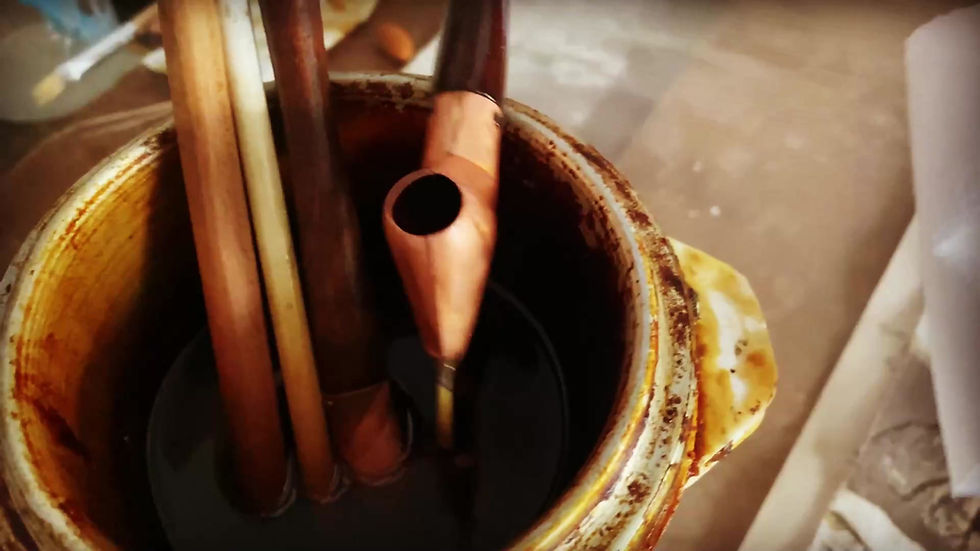top of page


BATIK
Batik is an ancient technique recognized by UNESCO as Intangible Heritage of Humanity since 2009.
Using brushes, cantings, kistkas or blocks, the areas that are desired to remain the same colour as the fabric are selected with hot wax. Then, the fabric is dyed, starting from the lightest tones to the darkest. A Batik is built by applying, successively, several layers of wax and dye. At the end of the process, the wax is completely removed, giving rise to a design rich in textures and colour gradients. Each piece is unique and unrepeatable.
In my works I fuse the traditional technique of Batik Tulis, traditional from Indonesia, with some variations of the contemporary technique.
In Batik I found a perfect form of expression, since in addition to its connection with nature, it has many favorable qualities: •It is an unpredictable art. The richness of textures and crackles are always a surprise when the finished work is unwaxed. •There are no mistakes. Only the possibility of turning into part of the design that which could be a mistake. •The sweet smell of wax in the air.
bottom of page


